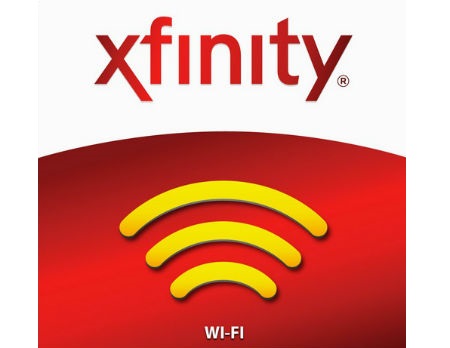Comcast WiFi Net Surpasses 10M Hotspots

Following recent deployment expansions in areas such as its “Keystone” region, Comcast announced Monday that its WiFi network now spans more than 10 million quasi-public hotspots nationwide.
That’s up from the 8.6 million hotspots that the company said were deployed when Comcast discussed first quarter results in May.
Comcast hit the 10 million mark through a mix of deployments in outdoor venues and business services locations as well as in home-side routers (sometimes called “homespots” or neighborhood hotspots) that emit a secondary SSID signal. Comcast hasn’t shared its deployment breakdown, but the MSO is part of the “Cable WiFi” roaming consortium (Time Warner Cable, Cablevision Systems, Cox Communications and Bright House Networks), which has deployed more than 400,000 hotspots that are accessible by their respective high-speed Internet subs.
“The Xfinity WiFi network continues to grow and customers are using it more than ever,” Eric Schaefer, Comcast’s senior vice president, wireless product management, noted in this blog post about the milestone. “We just surpassed 10 million hotspots nationwide and so far this year, people have used those hotpots more than 3.6 billion times, a 500 percent increase.”
Comcast said Xfinity WiFi customers connect nearly five times per day on average, with an average session length of more than 25 minutes. Comcast’s Xfinity WiFi app has been downloaded more than 3 million times.
Schaefer also listed out 10 “favorite locations” where people are using Comcast’s WiFi network to connect, including The 606 in Chicago; the boardwalks in Ocean City, N.J., and Ocean City, Md.; the McKnight Road shopping/dining corridor in Pittsburgh, Pa.; the MBTA Green Line in Boston; The Commons on Champa in Denver; and Suburban Station in Philadelphia.
Comcast has been keeping a lid on how else it might use its WiFi network, though cable operators are expected to explore so-called “WiFi-first” strategies in which devices prefer WiFi connectivity and use cellular networks as a backup. Comcast has MVNO agreements with Verizon Wireless and Sprint that it has an option to pursue. In the meantime, Comcast already offers a voice-over-WiFi options via Voice 2go, a feature that’s built into the MSO’s Xfinity Connect app for smartphones and tablets. Comcast launched Voice 2go in 2012.
Multichannel Newsletter
The smarter way to stay on top of the multichannel video marketplace. Sign up below.
Cablevision Systems, meanwhile, has launched a WiFi-only phone service called Freewheel.
Comcast and Cablevision have rolled out similar homespot strategies and are likewise facing similar lawsuits over the practice.
